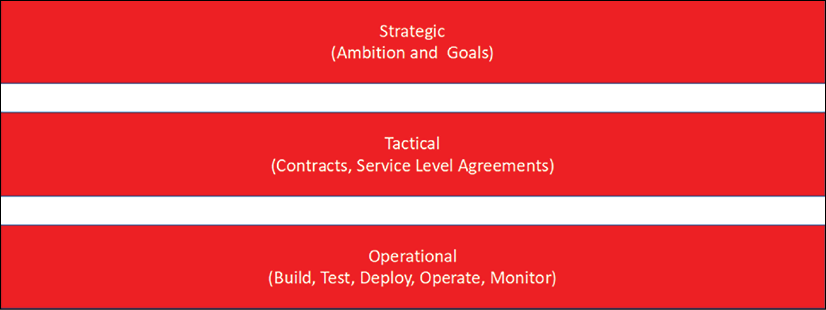Summary
In this chapter, we explored methodologies that are used to analyze enterprise or business strategies and mapped these to a cloud technology roadmap. We also learned that it is close to impossible to keep track of all the new releases and features that are launched by cloud and technology providers. We need to determine what our business goals and objectives are and define a clear architecture that is as future-proof as possible, yet agile enough to adopt new features if the business demands this.
Business agility must be the focus of the modern, digital enterprise. Business drivers are derived from financial, customer, product and internal objectives, but these are rapidly changing in the current markets. One of the major trends is the upcoming of the subscription-based economy that forces business to create agile organizations and systems that are able to respond to these changes quickly.
Enterprise architectures using frameworks such as IT4IT help us in designing and managing...



